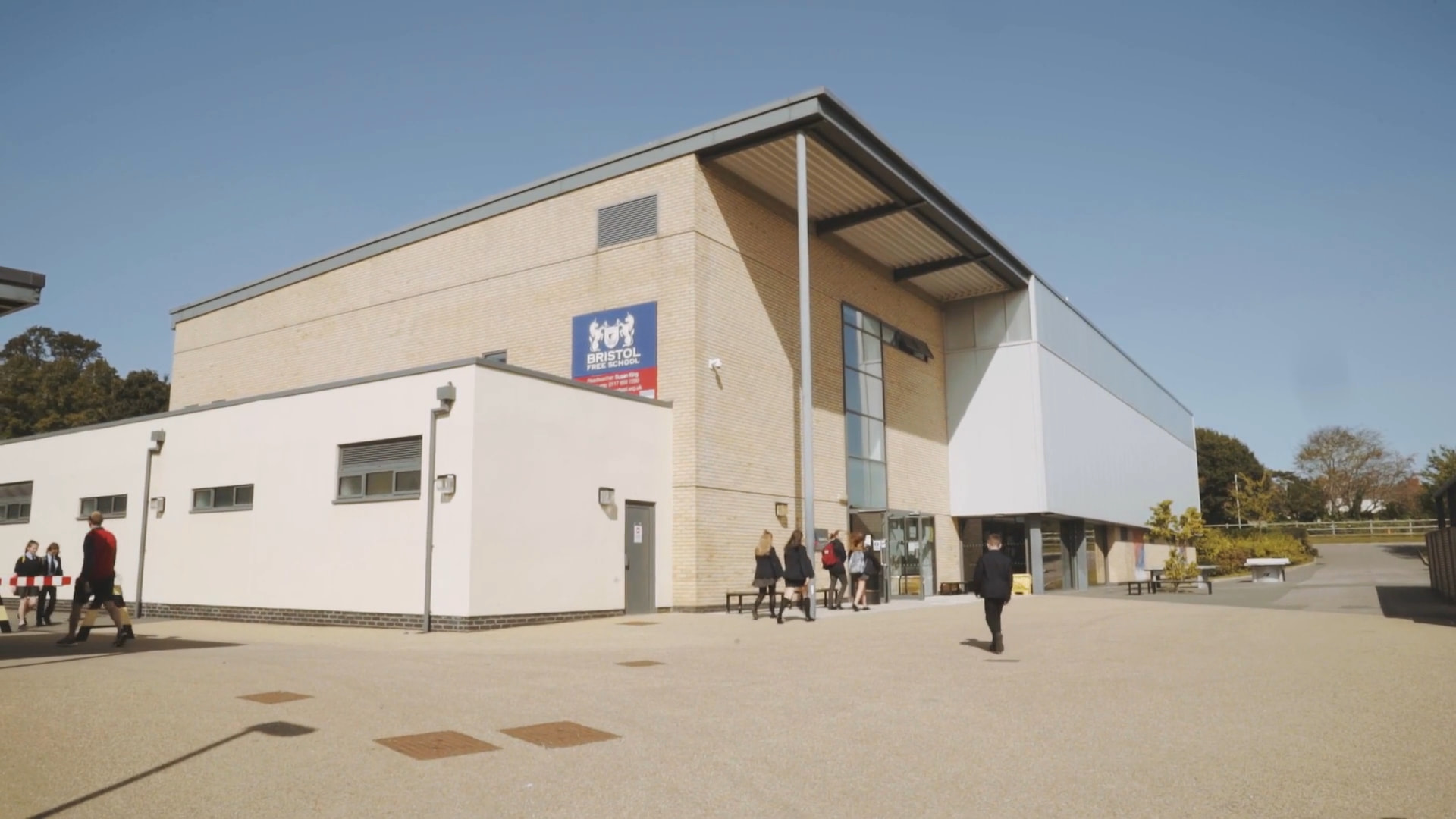
Students will find HCF’s and LCM’s, use powers and roots and find prime factors.
Students will solve simple and more complex equations. They will learn to form equations in order to solve problems.
Students will measure, draw and calculate angles in polygons and parallel lines. They will explore the properties of quadrilaterals and learn how to accurately construct polygons. Students will translate shapes and enlarge a shape by a given scale factor.
Students will create sample space diagrams in order to calculate probabilities. They will learn how to draw and use Venn diagrams to solve probability problems.
50 minute assessment on T1 topics (Non-calculator)
When solving mathematical problems students will develop their creative skills. The topic of probability provides opportunities for students to consider whether situations are fair or biased and discuss gambling, betting, lotteries, raffles and games of chance. A knowledge of probability will benefit students’ functioning in society as they will understand bias and the chance of an event happening.
Students own social development is widened through paired work where students discuss mathematical concepts and solve unfamiliar problems.. .
Students will learn how to write one quantity as a percentage of another and how to calculate percentage change.
Students will learn how to recognise congruent shapes and solve geometrical problems using congruent triangles.
Students will find nth terms of more complex sequences and explore the Fibonacci sequence.
Students will learn how to convert between different metric units for both area and volume. They will also calculate the surface area and the volume of a prism.
50 minute assessment on T1 and T2 topics (Calculator)
Competance with percentages benefits our students’ functioning in society: sales, interest rates, taxes. Students are encouraged to question “why”; they compose proofs and arguments and make assumptions. Students learn geometrical reasoning through knowledge and application of the rules for congruency.
Students own social development is widened through paired work where students discuss mathematical concepts and solve unfamiliar problems.. .
Students will learn about gradients and explore the connection between the equation of a straight line and the gradient. They will explore the properties of a quadratic graph and draw graphs to illustrate real life situations.
Students will multiply and divide negative powers of 10 and round numbers to a given number of significant figures. They will learn to use standard form.
Students will learn to construct and interpret scatter graphs. They will draw and use lines of best fit to understand the idea of correlation.
50 minute assessment on T1, T2 and T3 topics (Non-calculator)
Mathematics provides opportunities for students to develop a sense of “awe and wonder”. Standard form promotes “awe and wonder” by providing a way for students to write extremely large and extremely small numbers. Students learn about graphs in real-life situations.
Students own social development is widened through paired work where students discuss mathematical concepts and solve unfamiliar problems.. .
Students will simplify expressions and expand brackets. They will learn to write algebraic expressions involving powers.
Students will learn how to use ratio to compare lengths, areas and volumes, of 2D and 3D shapes. They will enlarge shapes using fractional and negative scale factors, and use different map scales.
50 minute assessment on T1, T2, T3 and T4 topics (Non-calculator)
The topic of algebra provides opportunities for students to develop a sense of “awe and wonder” by using letters to represent variables. Students develop algebraic fluency throughout the curriculum. Algebra is a uniquely powerful language that enables students to reflect on their experiences in order to describe and model situations. Students will learn about transformations of shapes. They will enlarge shapes by different scale factors.
Students own social development is widened through paired work where students discuss mathematical concepts and solve unfamiliar problems.. .
Students will add, subtract, multiply and divide fractions, mixed numbers and decimals.
Students will learn how to solve problems involving direct and indirect proportion. They will represent proportions of quantities using graphs and algebra.
Students will identify the parts of a circle. They will calculate the circumference and area of a circle. They will calculate the perimeter and area of semicircles and sectors of circles.
Year 8 examination - Two 50 assessments on all topics taught so far in Year 8 (Paper 1 non-calculator, Paper 2 calculator)
Numerical fluency and an understanding of proportion will benefit students’ functioning in society. For example to be able to convert between units, or state which is the better value for money? All mathematics has a rich history and a cultural context in which it was first discovered or used, for example, students will consider how pi was first discovered. Algebra is a uniquely powerful language that enables students to describe and model situations. The topic of algebra provides opportunities for students to develop a sense of “awe and wonder” by using letters to represent variables. Students develop algebraic fluency throughout the curriculum.
Students own social development is widened through paired work where students discuss mathematical concepts and solve unfamiliar problems.. .
Students will solve a range of equations involving brackets and fractions and learn how to rearrange formulae.
They will learn how to use graphs to solve equations.
Students will use grouped frequency tables and construct frequency polygons. They will calculate statistics from given data and use this information to compare distributions. Students will learn to recognise misleading graphs.
Students will collect, present and interpret data in order to test a hypothesis.
50 minute assessment on topics taught in Year 8
Student’s understanding of statistics is developed to a depth that will equip them to identify when statistics are meaningful or when they are being used inappropriately (eg in newspapers or on social media). The skill of interpreting data will benefit students’ functioning in society. Students will understand how to interpret graphs and charts.
Students own social development is widened through paired work where students discuss mathematical concepts and solve unfamiliar problems.. .